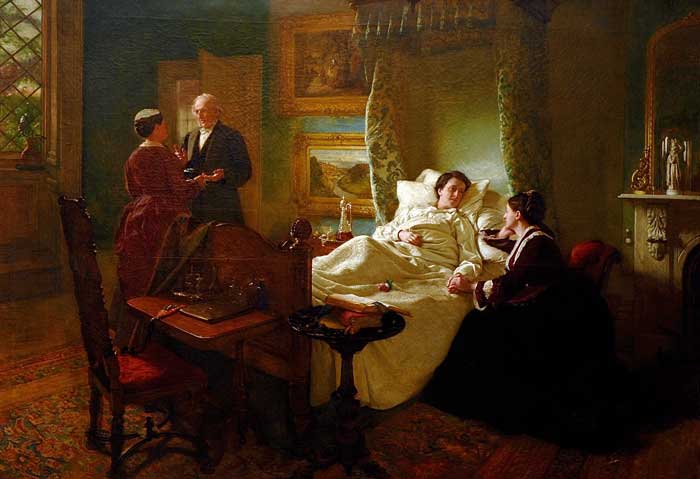Men at the nursing profession
Abstract
Purpose: To analyze the general characteristics of the presence of men in nursing history, along with the actual tendency of increase in this profession. Development: Contrary to the perceptions of many people, nursing has been a field dominated by men during the majority of human history. Only men were considered “pure” enough to become nurses, this job being associated to magic, religion and also, to the military, this stage being known as nonprofessional nursing. On the other hand, professional nursing originated with Florence Nigthingale and it has been associated to the jobs of women, whose initial training, given by nuns, refused to acknowledge the considerations of men. Therefore, in the 60s in Chile studying Nursing was exclusively for women. This event is causing as a result an undervaluing of its tasks. Moreover, it has diminished merit and recognition of the profession, which is why the masculine entrance has been perceived as a positive fact that counteracts some deficiencies caused by the old biomedical system. At present, there exists an important tendency of the entrance of men, making it possible to refer to a nursing masculinization. This phenomenon is related to good career projections, an ample job field, good salaries, and the scientific-humanist professional character of the present era of the Chilean nursing based in care management.Downloads
-
Abstract1237
-
PDF (Español (España))271
The works published in this magazine are subject to the following terms:
1. The Publications Service of the University of Murcia (the publisher) preserves the copyright of the published works, and encourages and allows the reuse of the works under the license for use stated in point 2.
© Servicio de Publicaciones, Universidad de Murcia, 2011 (© Publications Service, University of Murcia, 2011)
2. The works are published in the electronic edition of the journal under Creative Commons Reconocimiento-NoComercial-SinObraDerivada 3.0 España(texto legal) “ a Attribution-NonCommercial-NoDerivatives 3.0 Spain license (legal text)”. They can be copied, used, broadcasted, transmitted and publicly displayed, provided that: i) the authorship and original source of their publication (journal, publisher and URL) are cited; (ii) are not used for commercial purposes; iii) the existence and specifications of this license is mentioned.
3. Conditions of self-archiving. Authors are allowed and encouraged to electronically disseminate the pre-print (pre-reviewed ) and / or post-print (reviewed and accepted for publication) versions of their works prior to publication, as it ensures a wider circulation and dissemination which may lead to a possible increase in its mention and a higher scope among the academic community. RoMEO color: green.













